With the reboot of the Tomb Raider franchise with the eponymous 2013 Tomb Raider game, it seemed that Crystal Dynamics had decided to part ways with the run’n’gunning, the glamorization of Lara’s posterior and the general lack of realism of the past Tomb Raider games, in favor of a darker, grittier and more real Lara Croft. If you had told a Tomb Raider fan a few years back that Lara Croft would become a girl who wears cargo pants, gets impaled by sticks while rolling down a hill and uses a bow and arrows as her defining weapon of choice, you’d be laughed out of town. Oh, how that laughter would fall on deaf ears now. Luckily, for those who miss the Lara Croft of old, dual pistols and all, Crystal Dynamics brings to us Lara Croft and the Temple of Osiris.
Lara Croft and the Temple of Osiris is the direct sequel to the 2010 game Lara Croft and the Guardian of Light. You wouldn’t know this through the plot as nary a mention of Lara’s previous adventures in South America were mentioned or referred to. Not that the plot was all that mesmerizing to begin with. In fact, it’s basically the exact same plot of Guardian of Light and the Tomb Raiders of old in general. Lara Croft goes treasure hunting, finds a mystical ancient artifact and unwittingly unleashes an evil deity and thus has to shoot through a bunch of enemies, break a bunch of pots to loot their contents and solve puzzles to open ancient doors in order to seal back the evil power and save the world.
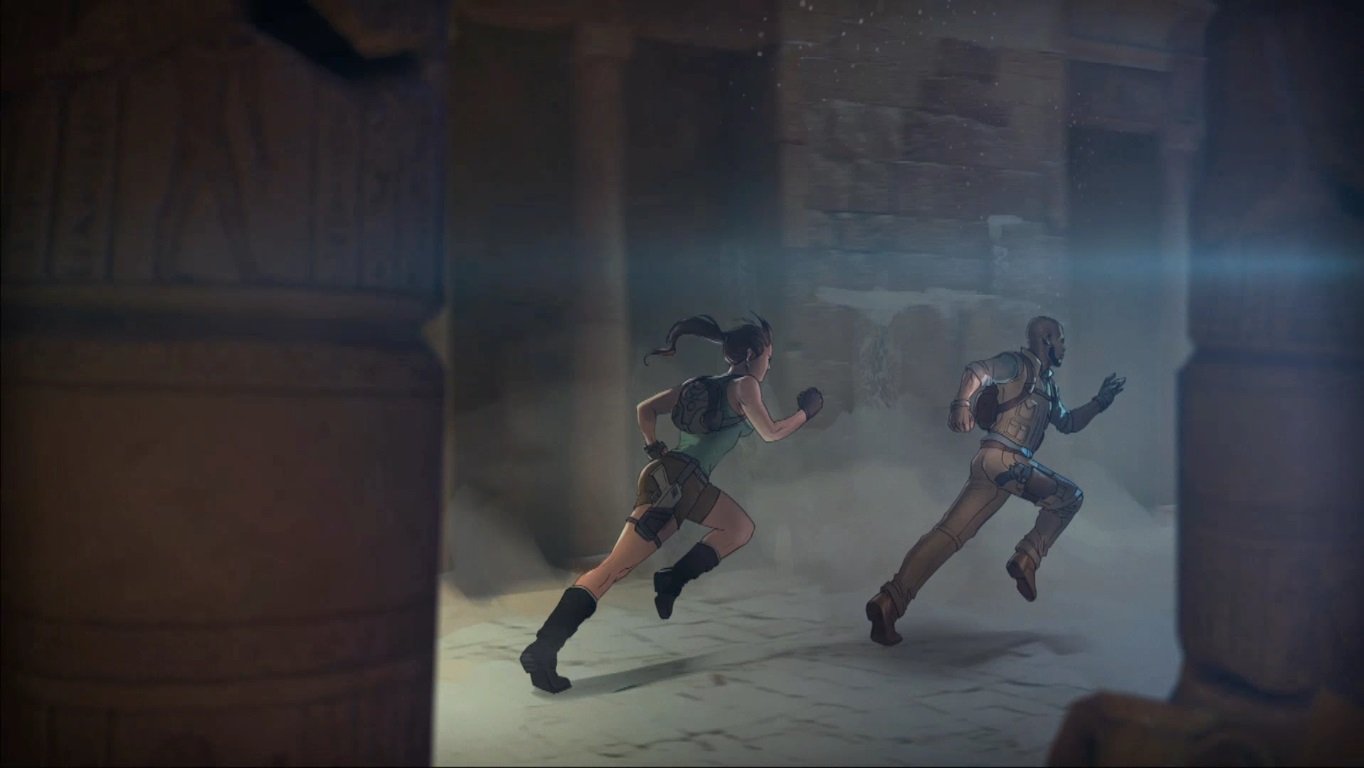
The plot feels even more contrived and unnatural when the normally lone-wolf Lara gets partnered up with newcomer Carter Bell and the freed (good-guys) deities of Horus and Isis. All in the name of gameplay of course! This random assortment of characters allows for the playing of four player co-op, the big defining feature of Temple of Osiris over its predecessor.
That’s right, there is four-player co-op. You and three of your friends, or more likely three random people you will meet on the internet, will be able to run around, shoot at mummies and giant scarab beetles and solve more complex puzzles, as the game will adapt the levels to suit the number of players in the game. Unfortunately, there isn’t much else I can tell you about the multiplayer as online functionality was not implemented into the review copy of the game. That or it flat out didn’t work. So you’re just going to have to live with seeing the four characters up close here.

However, it isn’t a particularly big issue when it comes to reviewing this game as you can easily imagine that multiplayer is really just an extension of what you would do in singleplayer anyway, at least in this kind of arcadey game, and if the singleplayer is good, then with all else equal, multiplayer should be good too.
So is the singleplayer good then? Well… It’s passable. There are some small things that really make it problematic. First off is what I like to call controlleritis. Controlleritis is when a developer just assumes all their gamers, including the PC gamers, will be using a controller and thus decide to not optimize controls for keyboard and mouse. If you plan to play this game on consoles, you won’t have any problems, but if you plan to play this on PC, the controls become sticky and not as keyboard-friendly as other top-down view shooters and games like Alien Swarm of Diablo 3.
The main problems leading to these control problems is the fact that, due to keyboards lacking analog feedback (a key is pressed or not, there is no pressed harder or softer), the developers seemed to have opted to put in a delay between key press and action. This latency is an absolute killer when you’re trying to platform. The isometric design of the levels, while admittedly helping the game to look very pretty, don’t do so well with the 8 cardinal directions of a keyboard, further compounding the controlleritis.

But what if you aren’t playing this on PC? What if you are playing with a controller? Is this game perfect after that? Well, not quite. The single player lacks a bit of polish. You still see the characters who would have been players if you were playing online, but, unfortunately, they just stand there at the beginning of levels, staring into space, without a care in the world. Perhaps that wouldn’t be a problem in most games, but when the objective of the level is to run away from the giant crocodile monster chasing after you, it kind of breaks immersion.
Temple of Osiris also has some semblance of destructible environments, but it is inconsistent as it isn’t always clear which pillars can be blown up and mostly done for aesthetic purposes, as their destruction play no part in actual gameplay. The rubble doesn’t fall onto and kill enemies, for example and it doesn’t particularly help matters that rubble sort of just fades into dust after hitting the ground as if it never existed in the first place, a problem inherited from Guardian of Light.

And that’s sort of the problem. There really isn’t much difference between this game and Guardian of Light. The shaders and particle effects seem to have been buffed up and Lara looks marginally better than she used to, but gameplay is practically the same. You will still be rolling around giant balls for one reason or another. You will be running and gunning much in the same fashion as before. Heck, the environments aren’t even all that different, just remove all the rainforest-ey stuff and replace with sand and palm trees and you would be none the wiser.
This hardly feels like four years of game development and more like a rag-tag team of developers took the old game, prettied it up a bit, threw a dart at a map and adapted the story and environment to wherever the dart landed. The then added support for two more players in co-op and called it a day. That being said, the original game was pretty great and action-packed when it first came out in 2010 and Temple of Osiris definitely doesn’t let you down in that regard.
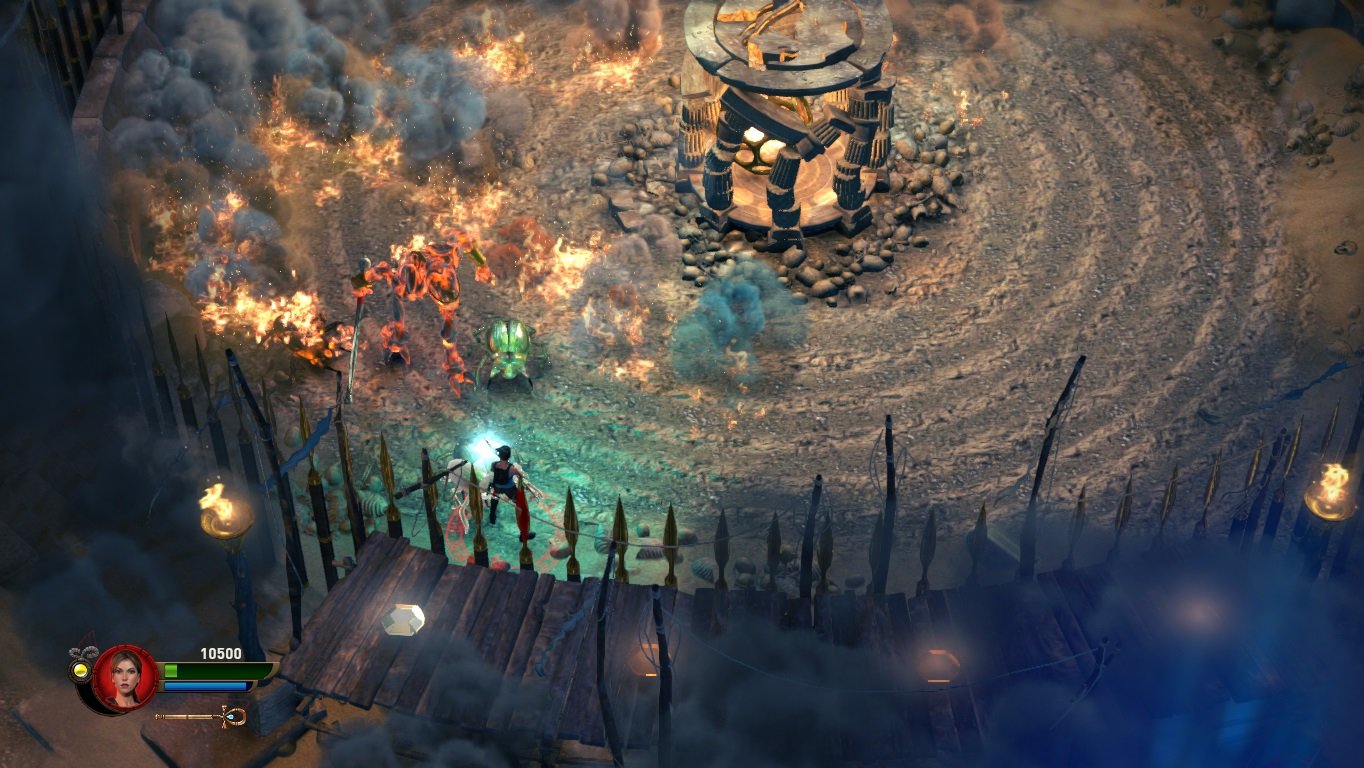
In addition to the default items you will carry such as the Staff of Osiris, the plot item, laser weapon and general puzzle solving tool, and the grappling hook, Crystal Dynamics has opted to implement a rudimentary inventory/item collection system to give the game a sort of Diablo-esque feel. As you progress through levels, you will collect gems and you can use these gems to unlock chests and see if you can roll a more useful ring or amulet that can alter your stats for the better. Amulets add an interesting facet to the game because they bestow upon you and your teammates certain buffs that can enhance your destructive powers in the game as you mix and match different buffs together.
In addition to stat-changing jewelry, you will also, throughout the course of the game, collect new weapons such as a sub-machinegun, assault rifles and a shotgun which you can rotate around in your inventory to fit your play-style. You will also be able to unlock costumes as rewards for completing certain tasks, for purely aesthetic purposes.
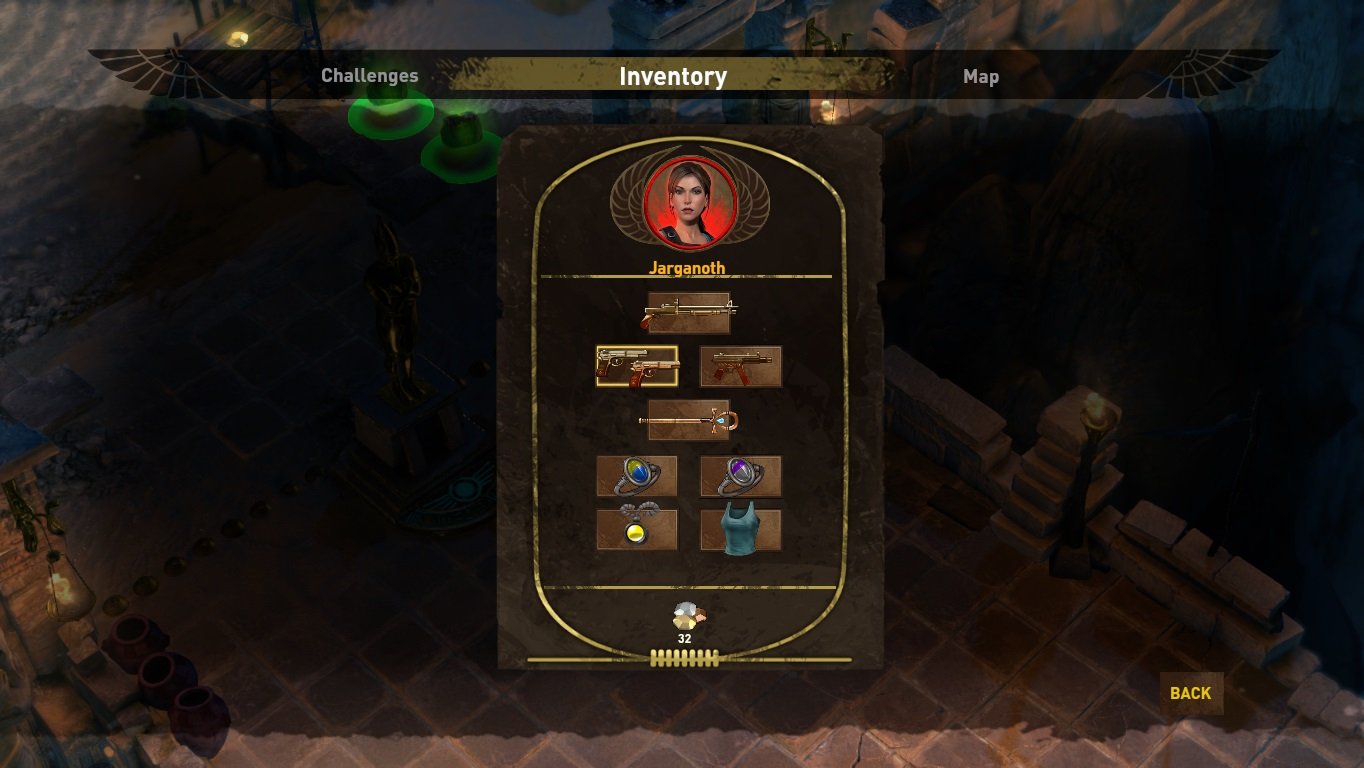
Replayability in Lara Croft and the Temple of Osiris seems to revolve around challenges. After you’ve beaten the game (either by yourself or with friends), you can replay levels and dungeons to see if you can best your old score and complete certain challenges that include killing so-and-so many enemies or retrieving all the collectibles. However, I have yet to see any indication that the levels ever randomize or change, so you will be playing through carbon copies of what you’ve played previously. It would also probably be quite interesting to play through the game with different numbers of people to see how the levels change from singleplayer to two, three and four player co-op.
The voice-acting is alright and the plot is wholly unspectacular. Lara Croft and the Temple of Osiris ignoring the, hopefully patchable, control issues, does what it aimed to do, which is to provide a top-down shooter with puzzle elements starring everybody’s favorite fictional female archaeologist Lara Croft.
Lara Croft and the Temple of Osiris is a solid game, if not a little bit underwhelming. It embodies the famous phrase “if it ain’t broke, don’t fix it.” Crystal Dynamics had a winning formula in Guardian of Light for a cheap and cheerful top-down shooter and they’ve just basically mimicked their old work. It’s a shame they didn’t decide to experiment a bit. For example the graphics really aren’t all that bad close-up and it doesn’t take too much imagination to see that with a little bit of time, effort and polish (four years!), this game could easily have been an arcadey third person shooter/dungeon crawler/puzzle game, which would have been a pretty interesting experience.

The Verdict
If you liked Lara Croft and the Guardian of Light, then you will like Lara Croft and the Temple of Osiris. It’s really just more of the same stuff with some minor graphical upgrades, up to 4 player co-op support and new environments and “plot” to fit in with the new geographical location. A few mechanical issues, namely the controls on PC, make the experience less than ideal, but this cheap little game can be a lot of action-packed fun to help pass the time as you wait for the release of Rise of the Tomb Raider.





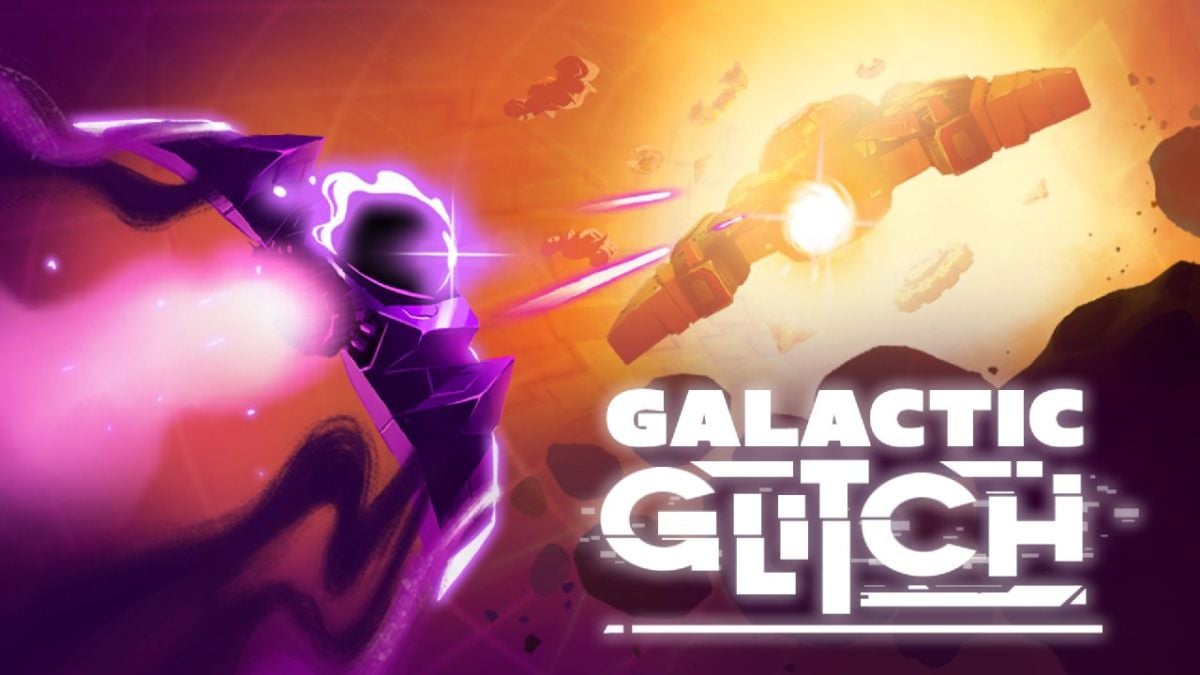




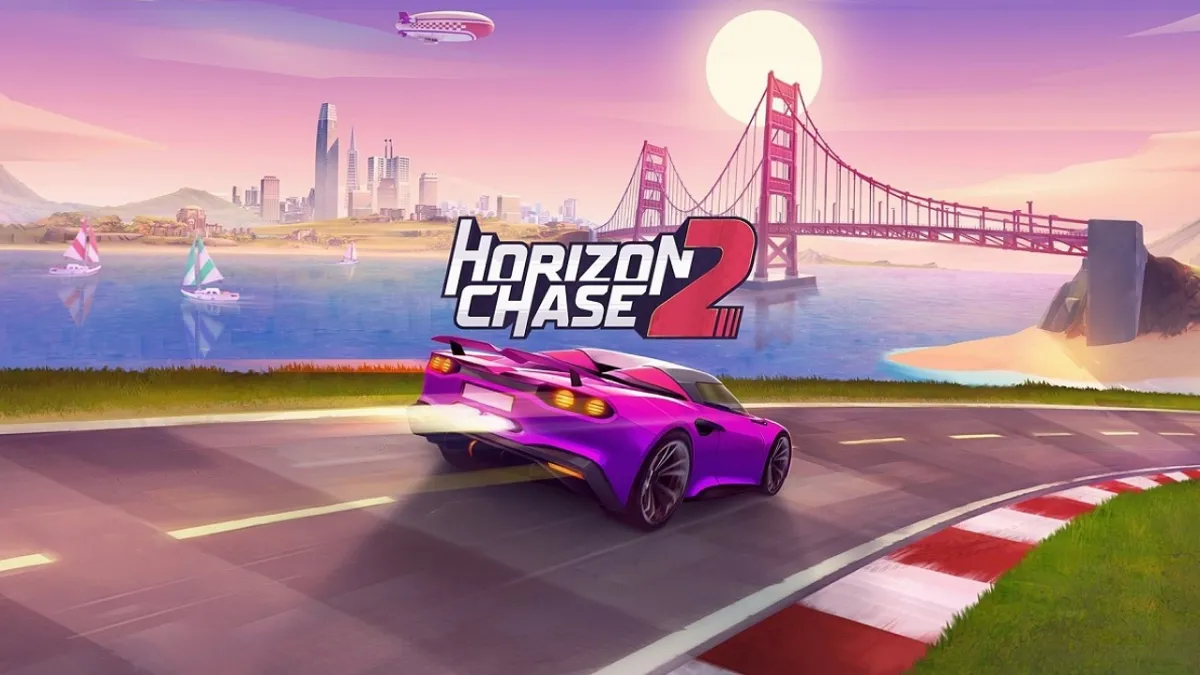
Published: Dec 8, 2014 08:03 am